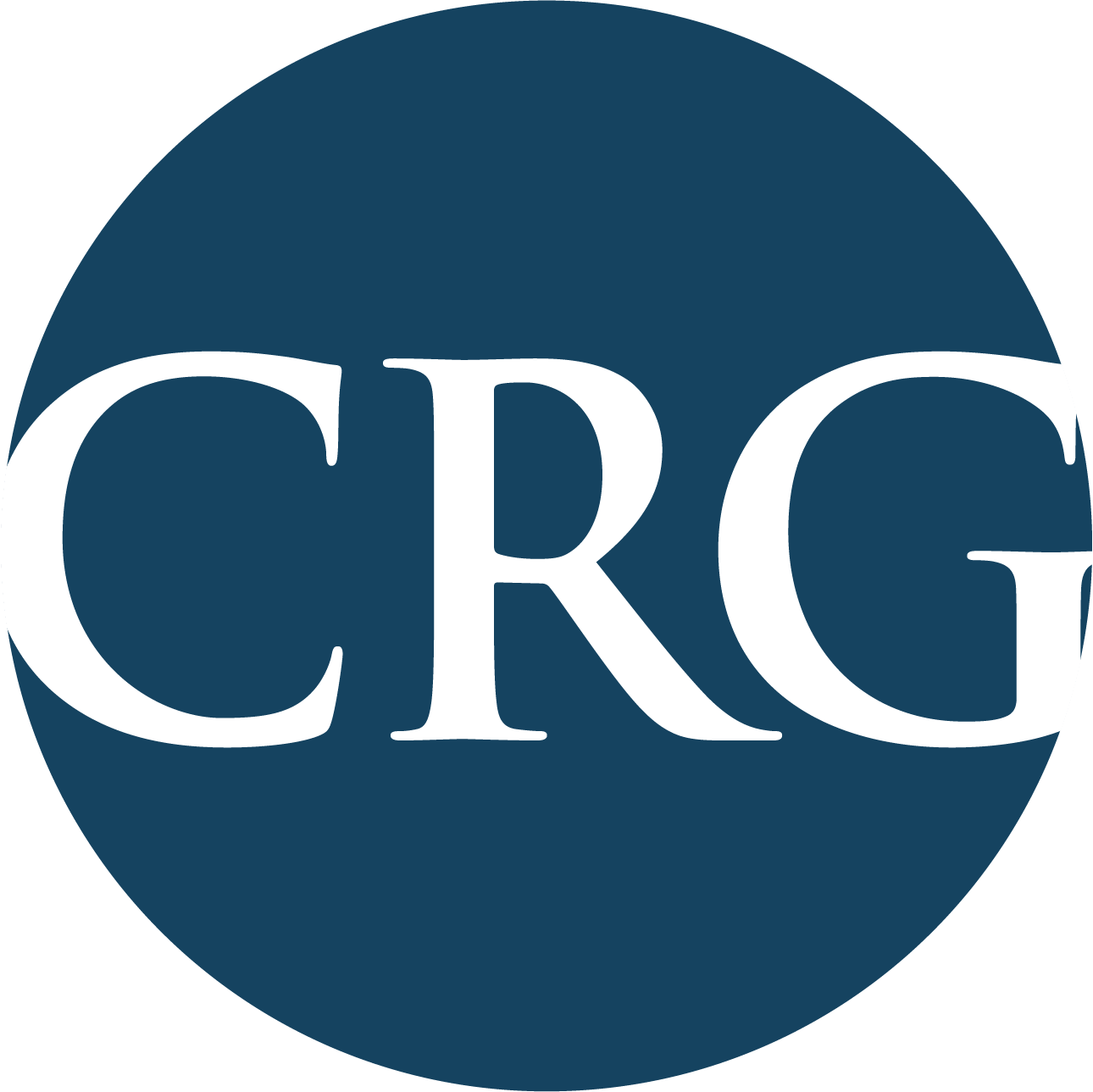Health and Safety Receiverships
A health and safety receivership under California Health and Safety Code § 17980.7 (c) is a dramatic, immediate, comprehensive, and systematic tool that ends the issues with slum housing and problem properties without any costs to the referring agency or government. Receivership is an effective mechanism to communicate to neighbors and surrounding communities that a municipality/county/agency is taking concrete steps to remedy the problems that the neighborhood has endured as a result of code violations and nuisance conditions.


Nominated by communities and appointed by a judge, a health and safety receiver is a court agent given the power to be onsite immediately to takeover a nuisance property. A receiver then determines a course of action to address the code violations and gets court approval to abate those dangerous conditions.
A Health and Safety Receiver is:
A neutral third party appointed by a judge
Nominated by the petitioning community
Given the power to remediate the blighted property
Able to fund the remediation work by placing a lien on the property; in some cases, the lien may be given super-priority status
Responsible for reporting all money spent to rehabilitate the property in monthly reports
Only able to take action with a judge's approval
Reviewed at every stage by the court
Considerate of all parties’ input and perspective, but beholden only to the court
Able to develop a long-term plan to reduce the chance of future code violations at the property
Common Reasons to Consider a Receiver:
Unpermitted construction
Fire, hillside stability, or seismic danger
Rampant crime and repeated calls for service
Abandoned and unsecured structures
Occupants living in dangerous conditions
Accumulation of junk and debris, or hoarding
Hazardous materials, asbestos, or mold
An unmaintained exterior with a lack of defensible space
Structural inadequacy or complete failure
Lack of heat, electricity, and running water
The 5-Step Health and Safety Receivership Process
Advantages of a Health and Safety Receivership
A health and safety receivership can be the catalyst for lasting change since a receiver can determine a long-term plan for the property.
Valuable taxpayer dollars do not have to be spent repairing private-property nuisances. Through a receivership a property pays its own repair costs and the work to remedy the code violations and nuisance conditions is not the responsibility of the enforcement agency.
The property can be secured on day one of an appointment.
The property can be cleaned and assessed shortly thereafter.
Once a receiver is appointed an enforcement agency can take a step back into a monitoring role, reducing the burden on its capacity as the receiver works on the day-to-day issues onsite.
Receivership can be applied to a wide variety of properties from single-family homes to multi-unit apartment buildings, commercial properties, and mobile home parks.
California Receivership Group’s innovative approach allows properties of all shapes, sizes, encumbrances, and values to benefit from the receivership remedy.
The Problem
A property owner has been cited and given multiple opportunities to remedy serious code violations at a property, but they are unwilling or unable to comply.
The community has utilized all available code enforcement strategies without success. Valuable community resources have been expended attempting to gain compliance from the owner to no avail. In the meantime, the property has further deteriorated, aggravating the situation for neighbors and the community, with no clear or expected solution.
When prompted, most people can recall a nuisance property. The problem may be an abandoned house that’s become a magnet for vagrants, a motel owner who refuses to put reasonable controls on the conduct onsite, or a corner store that is a constant host of sirens and flashing lights. Most everyone knows a property of this sort, and most everyone has noticed that substantial time typically passes before a change occurs. The property may be a danger and nuisance for anyone living nearby, but it doesn’t seem like anything can be done to change it.
And maybe, it’s been that way for years.
A Solution
The first steps of code enforcement count on a property owner to respond to citations and comply with the law. In some cases, this is not enough, and an additional remedy is needed to ensure the abatement of the code violations: the appointment of a health and safety receiver.
During a receivership, the community monitors the progress as the receiver obtains court approval for the rehabilitation plan and then takes action.
Each receivership property should pay its own costs of repair. Abatement costs should not be the responsibility of the taxpayers in the surrounding community.
We believe that the community that nominated the receiver should not be asked to cover any remediation costs. The priority is abatement and addressing nuisance conditions, even if a property is "underwater." So in some cases, a court can authorize a priority certificate secured to the property to pay for the work.
A Health and Safety Receivership is implemented most effectively under three scenarios:
|
Owners and/or occupants refuse to comply with local enforcement agencies’ orders to abate substandard conditions. |
|
Owners and/or occupants refuse to comply with local enforcement agencies’ orders to abate substandard conditions due to physical or psychological limitations. |
|
Owners and/or occupants of substandard property cannot be located. |
Frequently Asked Questions
What is a health and safety receiver?
Unlike the traditional concept of a financial receivership, a health and safety receiver is appointed to remedy the state and municipal code violations at a nuisance property. A receiver is a neutral third party appointed by a judge and given the authority to remedy the issues onsite. Since a receiver can start work immediately after an appointment is granted, receivership can be a quick and effective way to handle emergency situations.
Who can nominate a receiver?
A receiver can be nominated by a local enforcement agency (such as a city, county, or fire protection district), a tenant, or a tenant association or organization (California Health and Safety Code § 17980.7(c)).
How can I tell if a nuisance property is right for receivership?
Receivership is appropriate for perpetually hazardous properties when other code enforcement remedies have been unsuccessful. It does not have to be the absolute last-ditch effort, but it is a powerful remedy and should not to be used to abate simple problems. A court can appoint a receiver on single-family homes, apartment buildings, hotels, motels, and other commercial properties. Depending on the underlying statute, the powers can be as broad or as limited as necessary. Receivership is a useful tool for pressing situations since the receiver can be—and C.R.G. always is—onsite making a difference immediately after appointment. Property-specific questions should be raised with C.R.G.
What are the steps in the receivership process?
- Step 1: A community identifies a property in violation of state or local health and safety codes, as well as the property owner’s failure to correct these violations;
- Step 2: The community nominates a receiver via petition to the court (the notice given to the property owner relies on the severity of the threat);
- Step 3: Once a receiver is appointed by the court, the property is under direct control of the court via the court-appointed receiver;
- Step 4: The receiver creates and carries out a rehabilitation plan for the property and obtains lien financing—all under direct authorization of the court;
- Step 5: The property owner, via the equity in the property, is responsible for paying the community‘s enforcement costs and legal fees, as well as the cost of the property’s rehabilitation and receivership fees. In short, the property pays its own rehabilitation costs.
I’ve never filed a receivership case before; where can I get help?
C.R.G. can provide useful pleading samples and explain the receivership process. Each case is different, and every owner and property present their own issues. So, while it is up to the community to file the papers, C.R.G. can explain the necessary requirements.
What happens after the receiver is appointed?
Once the receivership application receives judicial approval, the bulk of the work lies with the receiver. The requesting party may provide comment, but the control lies with the court. The receiver should be onsite immediately following the appointment to inspect the property and determine the rehabilitation plan, which is then submitted to the court for review. The receiver must file reports to update the court and parties regarding the receivership status, as well as monthly accountings to show the money being spent to correct the violations. The receivership ends when the violations are abated. At the receivership discharge, all parties weigh in on the receiver’s conduct and accomplishments.
How is the receivership funded?
The receiver, under the authority and supervision of the appointing court, borrows against the property and uses those funds to pay for emergency owner/occupant relocation, property rehabilitation, demolition, or other work as authorized by the court in order to bring the property into compliance with local and state regulations. This becomes a lien on the property that, at the court’s discretion, may have priority status for reimbursement.
What happens if the owner or occupants are living onsite?
In most cases, it is too dangerous for anyone living onsite to remain while violations are present and remediation work is ongoing. The receiver can provide financial and physical assistance to any occupants, including those who are not living there legally, to help them relocate temporarily or permanently to safe, habitable housing. In some cases, this is unnecessary. Each case is unique, and the need for relocation depends on the scope of work and scale of conditions. For instance, C.R.G. has worked on unmaintained apartment buildings where residents have remained safely onsite throughout the receivership. These are case-dependent situations, based on the parties, their participation, and ultimately on the court’s evaluation of what has to be done.
Does an owner regain control of the property after receivership?
After receivership work is complete, the owner has the option to pay the receivership and community costs and retain ownership. Alternatively, the property can be sold with court approval, in which case the owner receives the sale proceeds after costs are paid. Every case is different, and C.R.G. has seen cases end both ways.
What is the legal basis for receivership in California?
The grounds for a petition appointing a receiver, as well as a comprehensive list of the tools and authority available to the receiver once appointed, are laid out in Health & Safety Code § 17980.7. Additionally, § 17980.7(c)(11) and (d)(1) provide for recovery of petitioner’s costs, expenses, and attorney fees. Code of Civil Procedure § 564 et seq. provides relevant guidelines for all receiverships. And Business and Professions § 17203 allows for a receiver to be appointed to end or remedy illegal business practices.








